
SOL
Solana-pris
Høyeste markedsverdi
$155,81
+$3,4700
(+2,27 %)
Prisendring fra 00:00 UTC til nå

Ansvarsfraskrivelse
Det sosiale innholdet på denne siden («Innhold»), inkludert, men ikke begrenset til, tweets og statistikk levert av LunarCrush, er hentet fra tredjeparter og levert «som det er» kun for informasjonsformål. OKX garanterer ikke kvaliteten eller nøyaktigheten til innholdet, og innholdet representerer ikke synspunktene til OKX. Det er ikke ment å gi (i) investeringsråd eller anbefalinger, (ii) et tilbud eller oppfordring til å kjøpe, selge eller holde digitale ressurser, eller (iii) finansiell, regnskapsmessig, juridisk eller skattemessig rådgivning. Digitale ressurser, inkludert stablecoins og NFT-er, innebærer en høy grad av risiko, og kan variere mye. Prisen og ytelsen til den digitale ressursen er ikke garantert og kan endres uten varsel.
OKX gir ikke anbefalinger om investering eller aktiva. Du bør vurdere nøye om trading eller holding av digitale aktiva er egnet for deg i lys av din økonomiske situasjon. Rådfør deg med din juridiske / skatte- / investeringsprofesjonelle for spørsmål om dine spesifikke omstendigheter. For ytterligere detaljer, se våre vilkår for bruk og risikoadvarsel. Ved å bruke tredjepartsnettstedet («TPN») godtar du at all bruk av TPN vil være underlagt og styrt av vilkårene på TPN. Med mindre det er uttrykkelig angitt skriftlig, er OKX og dets partnere («OKX») ikke på noen måte knyttet til eieren eller operatøren av TPN. Du godtar at OKX ikke er ansvarlige for tap, skade eller andre konsekvenser som oppstår fra din bruk av TPN. Vær oppmerksom på at bruk av TNS kan føre til tap eller reduksjon av eiendelene dine. Produktet er kanskje ikke tilgjengelig i alle jurisdiksjoner.
OKX gir ikke anbefalinger om investering eller aktiva. Du bør vurdere nøye om trading eller holding av digitale aktiva er egnet for deg i lys av din økonomiske situasjon. Rådfør deg med din juridiske / skatte- / investeringsprofesjonelle for spørsmål om dine spesifikke omstendigheter. For ytterligere detaljer, se våre vilkår for bruk og risikoadvarsel. Ved å bruke tredjepartsnettstedet («TPN») godtar du at all bruk av TPN vil være underlagt og styrt av vilkårene på TPN. Med mindre det er uttrykkelig angitt skriftlig, er OKX og dets partnere («OKX») ikke på noen måte knyttet til eieren eller operatøren av TPN. Du godtar at OKX ikke er ansvarlige for tap, skade eller andre konsekvenser som oppstår fra din bruk av TPN. Vær oppmerksom på at bruk av TNS kan føre til tap eller reduksjon av eiendelene dine. Produktet er kanskje ikke tilgjengelig i alle jurisdiksjoner.
Solana markedsinformasjon
Markedsverdi
Markedsverdien beregnes ved å multiplisere det sirkulerende tilbudet av en mynt med den siste prisen.
Markedsverdi = Sirkulerende tilbud × Siste pris
Markedsverdi = Sirkulerende tilbud × Siste pris
Sirkulerende forsyning
Totalbeløpet for en mynt som er offentlig tilgjengelig på markedet.
Markedsverdirangering
En mynts rangering i form av markedsverdi.
Historisk toppnivå
Høyeste pris en mynt har nådd i sin handelshistorikk.
Historisk bunnivå
Laveste pris en mynt har nådd i sin handelshistorikk.
Markedsverdi
$83,23B
Sirkulerende forsyning
534 608 153 SOL
88,46 % av
604 305 614 SOL
Markedsverdirangering
5
Revisjoner

Siste revisjon: 26. sep. 2022, (UTC+8)
Høyeste pris siste 24 timer
$155,94
Laveste pris siste 24 timer
$147,17
Historisk toppnivå
$295,90
−47,35 % (-$140,09)
Sist oppdatert: 19. jan. 2025, (UTC+8)
Historisk bunnivå
$0,31000
+50 161,29 % (+$155,50)
Sist oppdatert: 29. okt. 2020, (UTC+8)
Hva føler du om SOL i dag?
Del følelsene dine her ved å gi en tommel opp hvis du føler deg optimistisk om mynten eller en tommel ned hvis du føler deg nedadgående.
Stem for å vise resultater
Solana-feed
Følgende innhold er hentet fra .

Yaoyao👾
Gratulerer!!! @gizmothegizzer

Perena
Vi er glade for å kunngjøre avslutningen av en ny finansieringsrunde med utvalgte institusjoner – sammen med en overtegnet Echo-runde – for å bygge fremtiden for stablebanking.
Økningen så deltakelse fra 350+ støttespillere og ble utsolgt på få minutter.
Flere spennende nyheter, snart... 👀
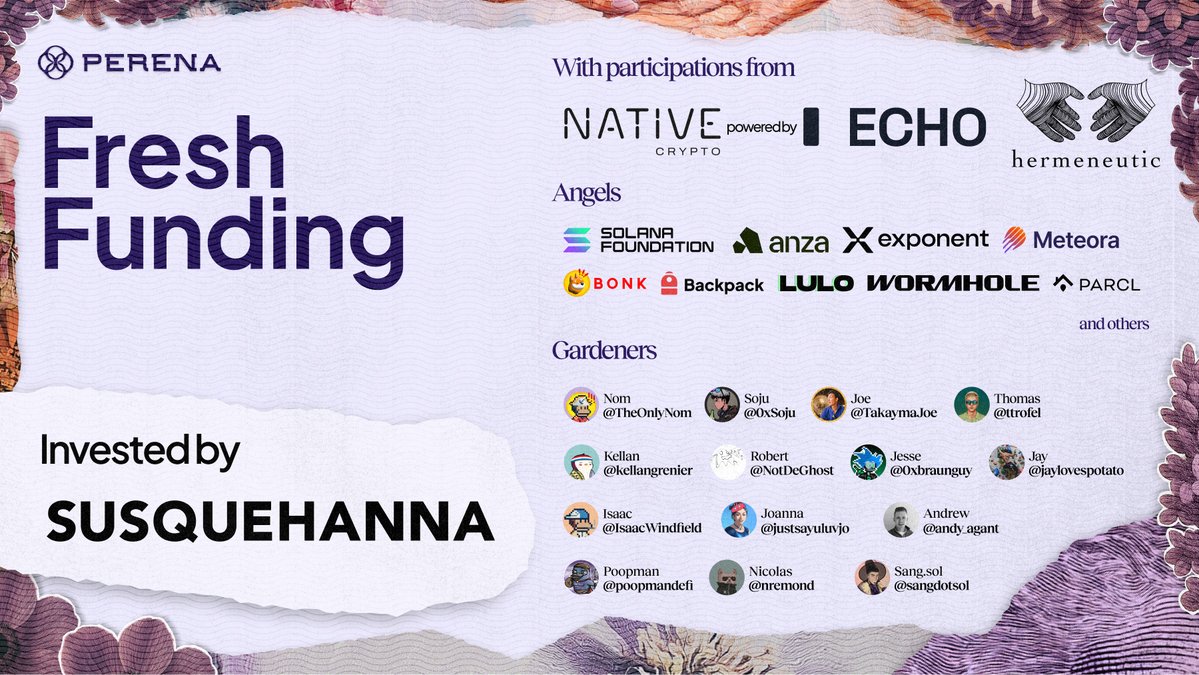
1,59k
1
Konverter USD til SOL


Solana prisutvikling i USD
Gjeldende pris på Solana er $155,81. Siden 00:00 UTC, Solana har økt ved +2,28 %. Den har for tiden en sirkulerende forsyning på 534 608 153 SOL og en maksimal forsyning på 604 305 614 SOL, noe som gir den en fullt utvannet markedsverdi på $83,23B. For tiden har Solana-mynten 5. plass i markedsverdirangeringen. Solana/USD-prisen oppdateres i sanntid.
I dag
+$3,4700
+2,27 %
7 dager
+$10,9600
+7,56 %
30 dager
-$4,1100
−2,58 %
3 måneder
+$33,0300
+26,90 %
Populære Solana konverteringer
Sist oppdatert: 03.07.2025, 14:48
| 1 SOL til USD | 155,69 $ |
| 1 SOL til EUR | 131,99 € |
| 1 SOL til PHP | 8 765,50 ₱ |
| 1 SOL til IDR | 2 526 615 Rp |
| 1 SOL til GBP | 114,15 £ |
| 1 SOL til CAD | 211,74 $ |
| 1 SOL til AED | 571,85 AED |
| 1 SOL til VND | 4 079 927 ₫ |
Om Solana (SOL)
Den oppgitte vurderingen er en samlet vurdering som OKX har samlet inn fra de oppgitte kildene, og er kun ment som informasjon. OKX garanterer ikke for kvaliteten eller nøyaktigheten av vurderingene. Denne aktiviteten er ikke ment å gi (i) investeringsråd eller en anbefaling, (ii) et tilbud eller oppfordring om å kjøpe, selge eller holde digitale ressurser, eller (iii) finansiell, regnskapsmessig, juridisk eller skattemessig rådgivning. Digitale ressurser, inkludert stablecoins og NFT-er, innebærer en høy grad av risiko, og verdien kan variere mye, og til og med verdiløs. Prisen og ytelsen til digitale ressurser er ikke garantert og kan endres uten varsel. De digital ressursene dine er ikke dekket av forsikring mot potensielle tap. Historisk avkastning er ikke en indikasjon på fremtidig avkastning. OKX garanterer ikke avkastning, tilbakebetaling av hovedstol eller renter. OKX gir ikke anbefalinger om investeringer eller aktiva. Du bør nøye overveie om trading eller holding digitale ressurser passer for deg i lys av din økonomiske situasjon. Rådfør deg med din advokat/skatte- eller investeringsekspert hvis du har spørsmål om dine spesifikke forhold.
Vis mer
- Offisiell nettside
- White Paper
- Github
- Blokkutforsker
Om tredjepartsnettsteder
Om tredjepartsnettsteder
Ved å bruke tredjepartsnettstedet ("TPW") godtar du at all bruk av TPW vil være underlagt og styrt av vilkårene i TPW. Med mindre det er uttrykkelig angitt skriftlig, er OKX og dets tilknyttede selskaper ("OKX") ikke på noen måte knyttet til eieren eller operatøren av TPW. Du godtar at OKX ikke er ansvarlig eller ansvarlig for tap, skade eller andre konsekvenser som oppstår fra din bruk av TPW. Vær oppmerksom på at bruk av en TPW kan føre til tap eller reduksjon av dine aktiva.
Solana Vanlige spørsmål
Hvor mye er 1 Solana verdt i dag?
For øyeblikket er en Solana verdt $155,81. For svar og innsikt i prishandlingen til Solana, er du på rett sted. Utforsk de nyeste Solana diagrammene og trade ansvarlig med OKX.
Hva er kryptovaluta?
Kryptovalutaer, for eksempel Solana, er digitale eiendeler som opererer på en offentlig hovedbok kalt blokk-kjeder. Lær mer om mynter og tokens som tilbys på OKX og deres forskjellige attributter, som inkluderer live-priser og sanntidsdiagrammer.
Når ble kryptovaluta oppfunnet?
Takket være finanskrisen i 2008 økte interessen for desentralisert finans. Bitcoin tilbød en ny løsning ved å være en sikker digital ressurs på et desentralisert nettverk. Siden den gang har mange andre tokens som Solana blitt opprettet også.
Vil prisen på Solana gå opp i dag?
Ta en titt på vår Solana prisantydningsside for å forutsi fremtidige priser og bestemme prismålene dine.
ESG-erklæring
ESG-forskrifter (Environmental, Social, and Governance) for kryptoaktiva tar sikte på å adressere deres miljøpåvirkning (f.eks. energikrevende gruvedrift), fremme åpenhet og sikre etisk styringspraksis for å tilpasse kryptoindustrien med bredere bærekraft- og samfunnsmål. Disse forskriftene oppfordrer til overholdelse av standarder som reduserer risiko og fremmer tillit til digitale eiendeler.
Aktivadetaljer
Navn
OKCoin Europe Ltd
Relevant juridisk enhetsidentifikator
54930069NLWEIGLHXU42
Navn på kryptoaktiva
Solana SOL
Konsensusmekanisme
Solana uses a unique combination of Proof of History (PoH) and Proof of Stake (PoS) to achieve high throughput, low latency, and robust security. Here’s a detailed explanation of how these mechanisms work: Core Concepts 1. Proof of History (PoH): Time-Stamped Transactions: PoH is a cryptographic technique that timestamps transactions, creating a historical record that proves that an event has occurred at a specific moment in time. Verifiable Delay Function: PoH uses a Verifiable Delay Function (VDF) to generate a unique hash that includes the transaction and the time it was processed. This sequence of hashes provides a verifiable order of events, enabling the network to efficiently agree on the sequence of transactions. 2. Proof of Stake (PoS): Validator Selection: Validators are chosen to produce new blocks based on the number of SOL tokens they have staked. The more tokens staked, the higher the chance of being selected to validate transactions and produce new blocks. Delegation: Token holders can delegate their SOL tokens to validators, earning rewards proportional to their stake while enhancing the network's security. Consensus Process 1. Transaction Validation: Transactions are broadcast to the network and collected by validators. Each transaction is validated to ensure it meets the network’s criteria, such as having correct signatures and sufficient funds. 2. PoH Sequence Generation: A validator generates a sequence of hashes using PoH, each containing a timestamp and the previous hash. This process creates a historical record of transactions, establishing a cryptographic clock for the network. 3. Block Production: The network uses PoS to select a leader validator based on their stake. The leader is responsible for bundling the validated transactions into a block. The leader validator uses the PoH sequence to order transactions within the block, ensuring that all transactions are processed in the correct order. 4. Consensus and Finalization: Other validators verify the block produced by the leader validator. They check the correctness of the PoH sequence and validate the transactions within the block. Once the block is verified, it is added to the blockchain. Validators sign off on the block, and it is considered finalized. Security and Economic Incentives 1. Incentives for Validators: Block Rewards: Validators earn rewards for producing and validating blocks. These rewards are distributed in SOL tokens and are proportional to the validator’s stake and performance. Transaction Fees: Validators also earn transaction fees from the transactions included in the blocks they produce. These fees provide an additional incentive for validators to process transactions efficiently. 2. Security: Staking: Validators must stake SOL tokens to participate in the consensus process. This staking acts as collateral, incentivizing validators to act honestly. If a validator behaves maliciously or fails to perform, they risk losing their staked tokens. Delegated Staking: Token holders can delegate their SOL tokens to validators, enhancing network security and decentralization. Delegators share in the rewards and are incentivized to choose reliable validators. 3. Economic Penalties: Slashing: Validators can be penalized for malicious behavior, such as double-signing or producing invalid blocks. This penalty, known as slashing, results in the loss of a portion of the staked tokens, discouraging dishonest actions.
Insentivmekanismer og gjeldende gebyrer
Solana uses a combination of Proof of History (PoH) and Proof of Stake (PoS) to secure its network and validate transactions. Here’s a detailed explanation of the incentive mechanisms and applicable fees: Incentive Mechanisms 4. Validators: Staking Rewards: Validators are chosen based on the number of SOL tokens they have staked. They earn rewards for producing and validating blocks, which are distributed in SOL. The more tokens staked, the higher the chances of being selected to validate transactions and produce new blocks. Transaction Fees: Validators earn a portion of the transaction fees paid by users for the transactions they include in the blocks. This provides an additional financial incentive for validators to process transactions efficiently and maintain the network's integrity. 5. Delegators: Delegated Staking: Token holders who do not wish to run a validator node can delegate their SOL tokens to a validator. In return, delegators share in the rewards earned by the validators. This encourages widespread participation in securing the network and ensures decentralization. 6. Economic Security: Slashing: Validators can be penalized for malicious behavior, such as producing invalid blocks or being frequently offline. This penalty, known as slashing, involves the loss of a portion of their staked tokens. Slashing deters dishonest actions and ensures that validators act in the best interest of the network. Opportunity Cost: By staking SOL tokens, validators and delegators lock up their tokens, which could otherwise be used or sold. This opportunity cost incentivizes participants to act honestly to earn rewards and avoid penalties. Fees Applicable on the Solana Blockchain 7. Transaction Fees: Low and Predictable Fees: Solana is designed to handle a high throughput of transactions, which helps keep fees low and predictable. The average transaction fee on Solana is significantly lower compared to other blockchains like Ethereum. Fee Structure: Fees are paid in SOL and are used to compensate validators for the resources they expend to process transactions. This includes computational power and network bandwidth. 8. Rent Fees: State Storage: Solana charges rent fees for storing data on the blockchain. These fees are designed to discourage inefficient use of state storage and encourage developers to clean up unused state. Rent fees help maintain the efficiency and performance of the network. 9. Smart Contract Fees: Execution Costs: Similar to transaction fees, fees for deploying and interacting with smart contracts on Solana are based on the computational resources required. This ensures that users are charged proportionally for the resources they consume.
Starten på perioden som erklæringen gjelder for
2024-07-02
Slutten på perioden som erklæringen gjelder for
2025-07-02
Energirapport
Energiforbruk
6244785.00000 (kWh/a)
Fornybar energiforbruk
27.008179797 (%)
Energiintensitet
0.00000 (kWh)
Viktige energikilder og metodologier
To determine the proportion of renewable energy usage, the locations of the nodes are to be determined using public information sites, open-source crawlers and crawlers developed in-house. If no information is available on the geographic distribution of the nodes, reference networks are used which are comparable in terms of their incentivization structure and consensus mechanism. This geo-information is merged with public information from Our World in Data, see citation. The intensity is calculated as the marginal energy cost wrt. one more transaction.
Ember (2025); Energy Institute - Statistical Review of World Energy (2024) - with major processing by Our World in Data. “Share of electricity generated by renewables - Ember and Energy Institute” [dataset]. Ember, “Yearly Electricity Data Europe”; Ember, “Yearly Electricity Data”; Energy Institute, “Statistical Review of World Energy” [original data]. Retrieved from https://ourworldindata.org/grapher/share-electricity-renewables.
Energiforbrukskilder og metodologier
For the calculation of energy consumptions, the so called 'bottom-up' approach is being used. The nodes are considered to be the central factor for the energy consumption of the network. These assumptions are made on the basis of empirical findings through the use of public information sites, open-source crawlers and crawlers developed in-house. The main determinants for estimating the hardware used within the network are the requirements for operating the client software. The energy consumption of the hardware devices was measured in certified test laboratories. When calculating the energy consumption, we used - if available - the Functionally Fungible Group Digital Token Identifier (FFG DTI) to determine all implementations of the asset of question in scope and we update the mappings regulary, based on data of the Digital Token Identifier Foundation. The information regarding the hardware used and the number of participants in the network is based on assumptions that are verified with best effort using empirical data. In general, participants are assumed to be largely economically rational. As a precautionary principle, we make assumptions on the conservative side when in doubt, i.e. making higher estimates for the adverse impacts.
Utslippsrapport
Omfang 1 DLT GHG-utslipp – kontrollert
0.00000 (tCO2e/a)
Omfang 2 DLT GHG-utslipp – kjøpt
2116.16462 (tCO2e/a)
GHG-intensitet
0.00000 (kgCO2e)
Viktige GHG-kilder og metodologier
To determine the GHG Emissions, the locations of the nodes are to be determined using public information sites, open-source crawlers and crawlers developed in-house. If no information is available on the geographic distribution of the nodes, reference networks are used which are comparable in terms of their incentivization structure and consensus mechanism. This geo-information is merged with public information from Our World in Data, see citation. The intensity is calculated as the marginal emission wrt. one more transaction.
Ember (2025); Energy Institute - Statistical Review of World Energy (2024) - with major processing by Our World in Data. “Carbon intensity of electricity generation - Ember and Energy Institute” [dataset]. Ember, “Yearly Electricity Data Europe”; Ember, “Yearly Electricity Data”; Energy Institute, “Statistical Review of World Energy” [original data]. Retrieved from https://ourworldindata.org/grapher/carbon-intensity-electricity Licenced under CC BY 4.0.
Konverter USD til SOL


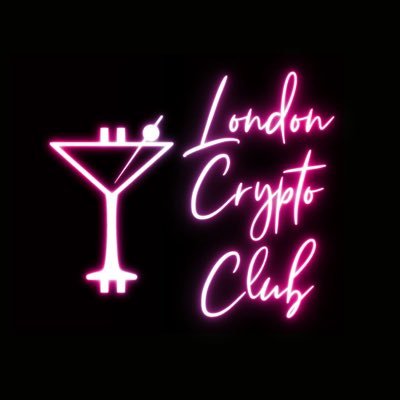



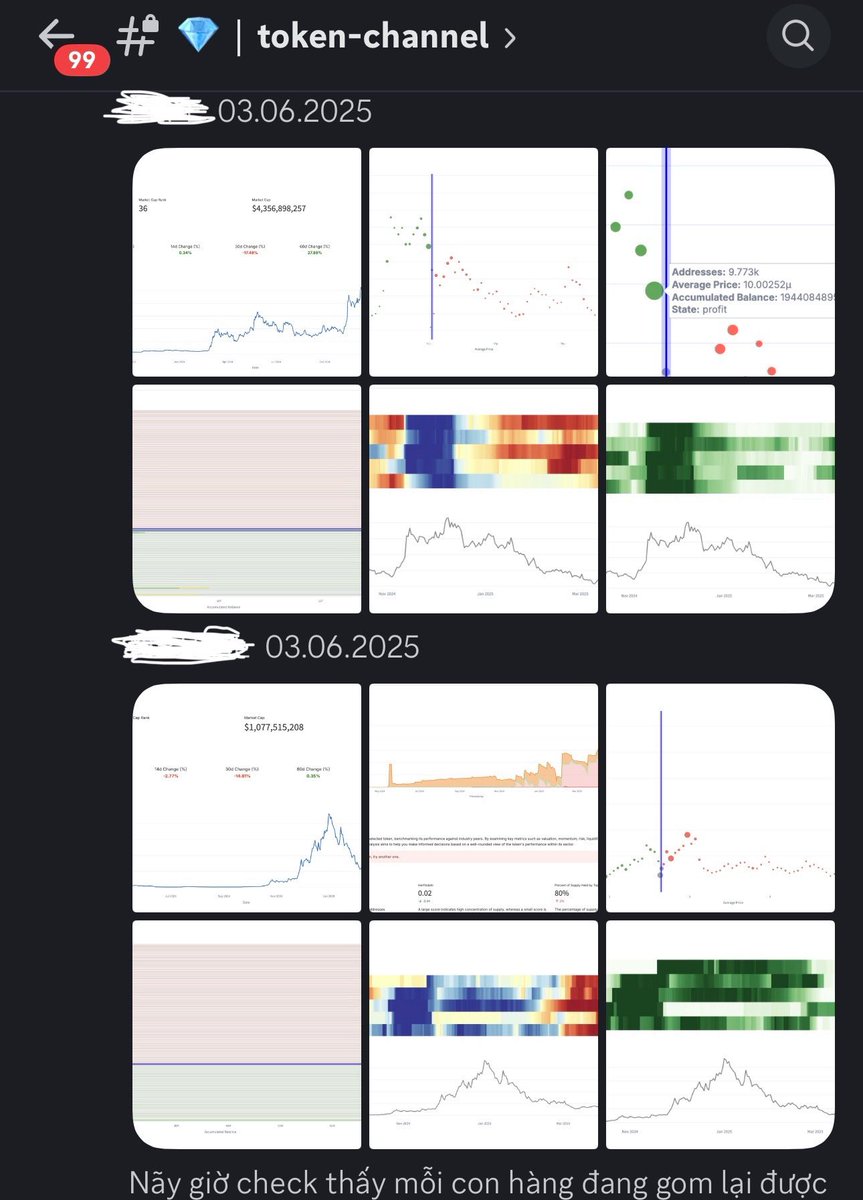









Sosialt